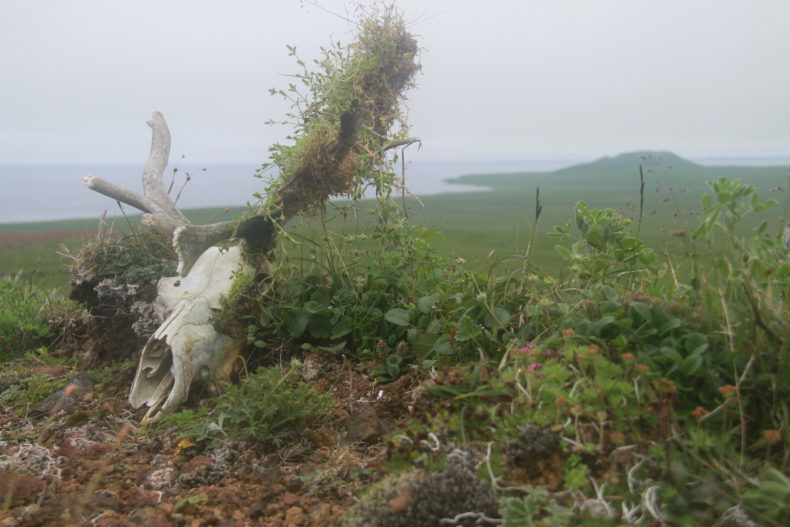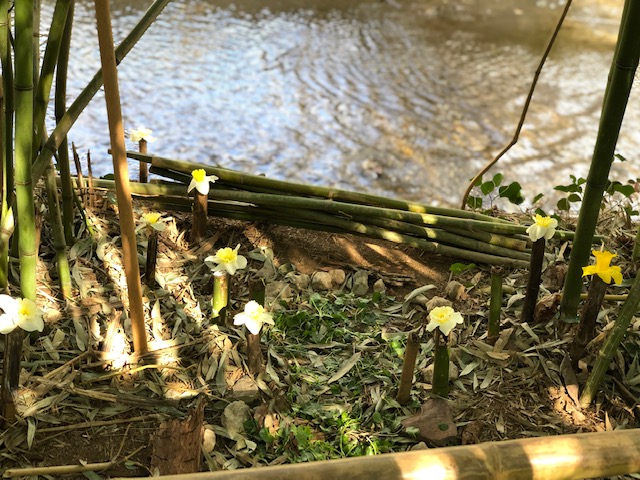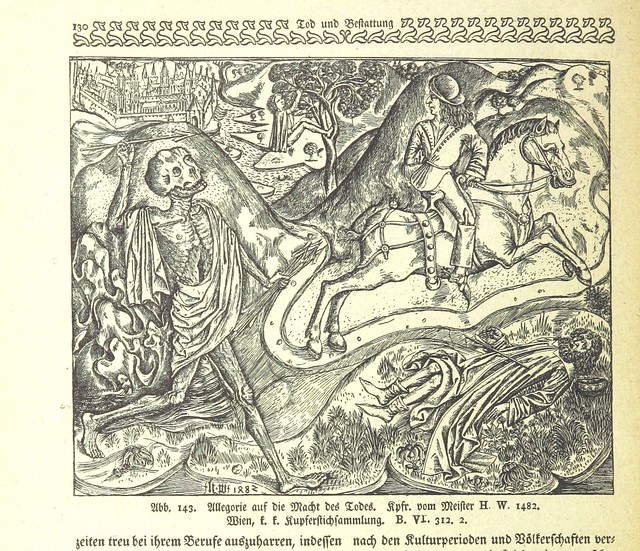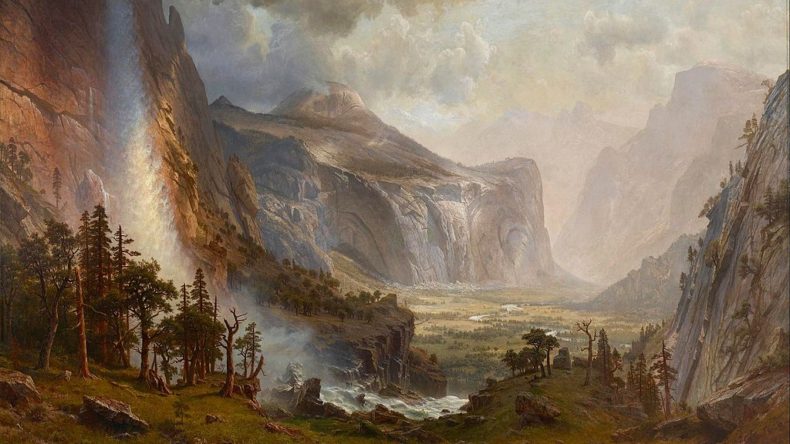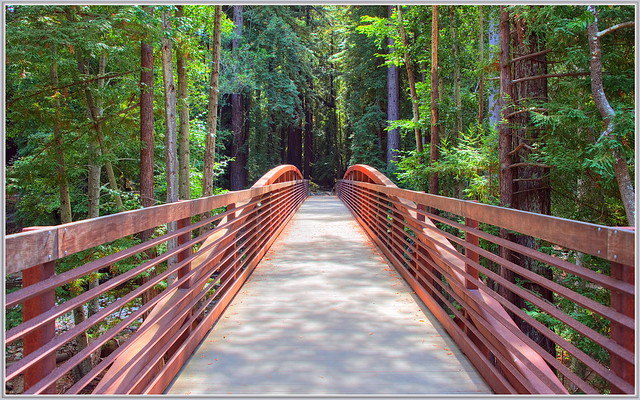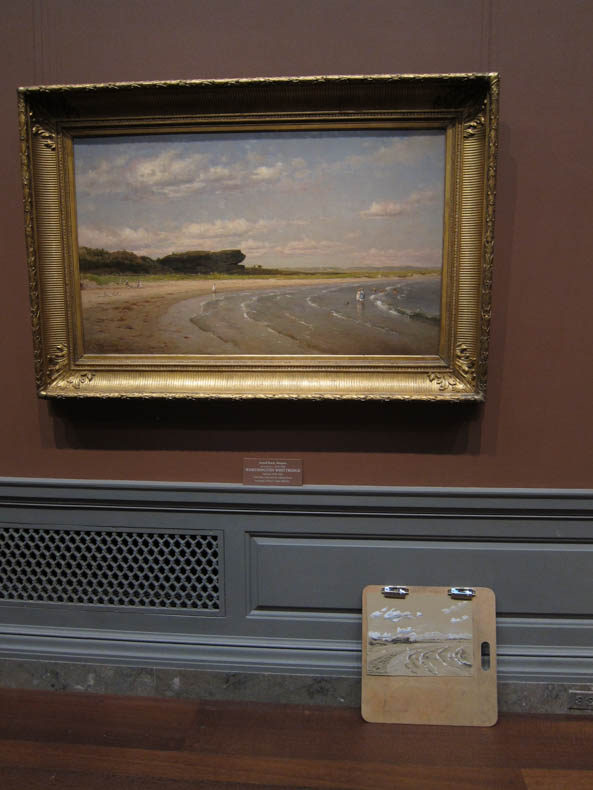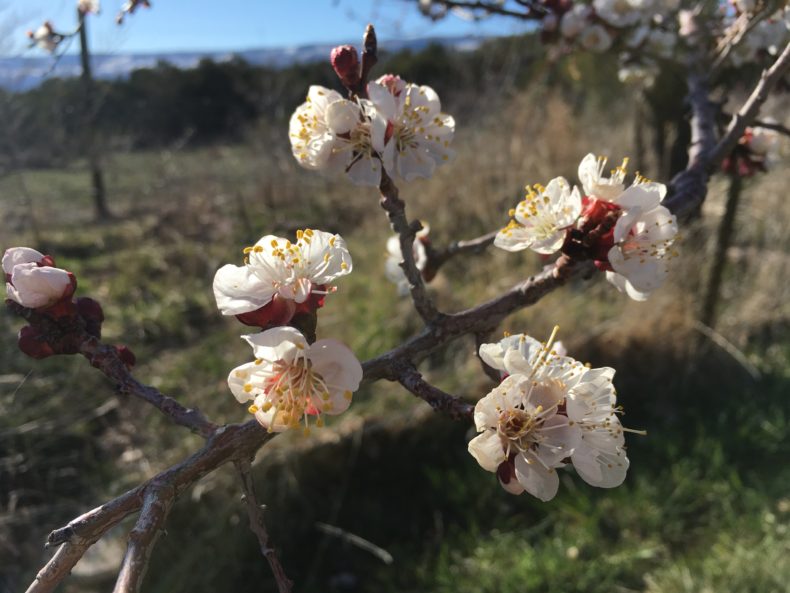We camped this past weekend at Big Sur, meeting up with some
friends from the north. I made the reservations in November and wasn’t really
looking at the calendar, so I didn’t realize that the weekend was a nexus of
holidays—Passover, Easter, Earth Day. It felt right, though, being under the
trees and in the ocean-tinted air, with the river rushing so fast and close
that it sounded like rain.
I woke up earlier than everyone else in the mornings and
walked through the campground with the moon setting above the ridge. I
remembered when I’d found the campsite, the campground had seemed enormous—hundreds
of spaces—and I wondered whether it would feel more like being in the middle of
a music festival than camping. But no—the combination of the river and the big
trees made the sites feel sheltered, and the air had a hushed feeling, even
when our neighbors began playing a drum on the verge of quiet hours.
People talk about Big Sur being special, magical. Does the
air have something to do with it? Several companies make perfume and candles that are
supposed to recall redwoods and ocean waves, rainwater and eucalyptus. Febreze even
makes an air
freshener called Big Sur—which has some combination of sandalwood, jasmine,
and cherry, according to the description.
The air is what brought Charles David Keeling to this
campground, too, in 1955. As a post-doc at Cal Tech, he constructed instruments
to measure carbon dioxide in the air, but found that the CO2
concentrations in Pasadena varied. So he took his equipment to a campground
in Big Sur, an isolated stretch of the California coast.
Continue reading →

